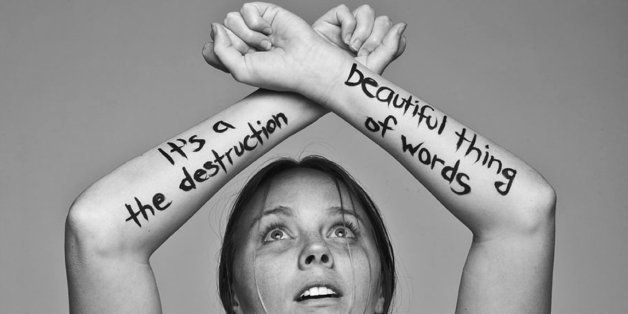
Are you reading something you shouldn’t? Says who? A new photo series by photojournalist Kimberly Butler reveals how to see these #BannedBooks in a new light.
The genesis of an idea. As this project started to take shape, people began asking, “How did you come up with this idea?” I never really gave it much thought. The ideas just came to me. I can’t account for many of my ideas, but I tracked this one back to a late night in Queens, New York, when I was up way past my bedtime watching movies. I was 10 years old. But lets go forward, and then back.
It is 2013. I’m at the Book Expo in NYC. There is a table filled with Banned Books. I was amazed at the titles. I recognized the classics I had read, and browsed through some unfamiliar ones. Suddenly, there was a symphony of rings and texts echoing through the halls. Then the mumbling of hundreds of people repeating the same thing turning into one voice.
Ray Bradbury had died.
I felt an immediate rush of sadness. There would only be one Ray Bradbury. And only his death would bring the book world to a stand still. I looked down at the titles and a small paperback peeked out from behind the new releases, Fahrenheit 451. The Bradbury classic of a fireman in the future whose job it is to burn books. And of course, it was a banned book. A famous one. I picked it up, and went home to begin a long journey of reading each banned book I could find, and reading the histories of their banning.
It has been an extraordinary journey. Revisiting the books I read as a child, but with the mind of an experienced adult. The histories of the bannings ran from the obvious to the shocking to the absurd. As I read through the details of the court cases, what struck me was I couldn't believe this could happen in America, right now. But there they were. The people who would fight to take away my right to read.
Lastly, I read Fahrenheit 451. When I got to the scene where the fireman escapes and meets the "intellectuals" who have memorized books in an attempt to save what little is left of "thinking, and examining oneself" through reading... I am suddenly 10 years old again, in my room, watching "Fahrenheit 451," the film. The scene rushes at me. I watch the fireman be introduced to the "books.” And that was the beginning; it was the seed, planted in my memory decades ago by a man named Ray, who would open my mind to a life without boundaries.
Bam! There it was. Human books! Censored books! I will paint the words on the bodies! Does this offend? This word? This idea? How dare I think for myself! How dare I draw attention to this filth, these radical thoughts, and have the audacity to rip it bare, and revel in all its nakedness?
So I did. I began with Bradbury and his tortured fireman. I read through each book, and pulled the quote that spoke to me. I hope you enjoy my "books" In all their natural glory and rebellion, and most importantly, that you will want more, and pick up that book, any book.
Especially if it's been banned.
Huckleberry Finn by Mark Twain [Samuel L. Clemens] (1884)
Plot: Huckleberry Finn is a young boy in the 1840s, who runs away from home and floats down the Mississippi River. He meets a runaway slave named Jim and the two undertake a series of adventures based on the Picaresque novel by Mark Twain.
WHY BANNED? Banned in 1998 in Concord, MA as “trash and suitable only for the slums.”
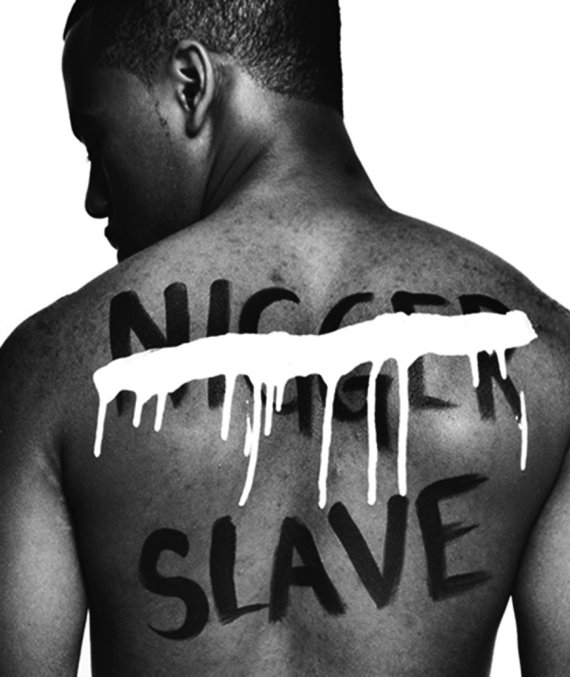
It was the day after the Charleston Church shootings that I photographed this young man as Jim, a runaway slave in Huckleberry Finn. Charleston was in a state of shock. Thousands converged on her streets in solidarity and peace. Black and white together. We expressed our disbelief at the cold senseless murders.
I had worked through this idea for a while, never really sure how to tackle such a sensitive subject in today's society. Elsewhere in America
The n word was no longer socially acceptable in classic literature.
The new thought police gorged on self-righteousness and political correctness, reprinted Tom Sawyer and Huckleberry Finn, removing the n word and replacing it with "Slave”.
I was appalled.
First, you don't touch Mark Twain.
Secondly, you do not change history.
We must never forget the times in which that ugly word was used to oppress an entire people.
Lastly, and what was driven home the night of those murders, no matter which word you use, we have not gotten very far at all.
So this is my Jim.
The runaway slave who no matter how far he ran, or what name he was known by, would carry the burden of enslavement simply because of the color of his skin.
Lord of the Flies by William Golding (1954)
Plot: Boys are stranded alone on an island. Left to fend for themselves, they must take on the responsibilities of adults, even if they are not ready to do so. Inevitably, two factions form: one group (lead by Ralph) want to build shelters and collect food, whereas Jack's group would rather have fun and hunt, illustrating the difference between civilization and savagery. (Nobel Prize in Literature, 1983.)
WHY BANNED? Challenged at the Dallas Texas Independent School District High School libraries in 1973. Challenged at Owen North Carolina High School in 1981 because the book is “demoralizing in as much as it implies that man is little more than an animal.”
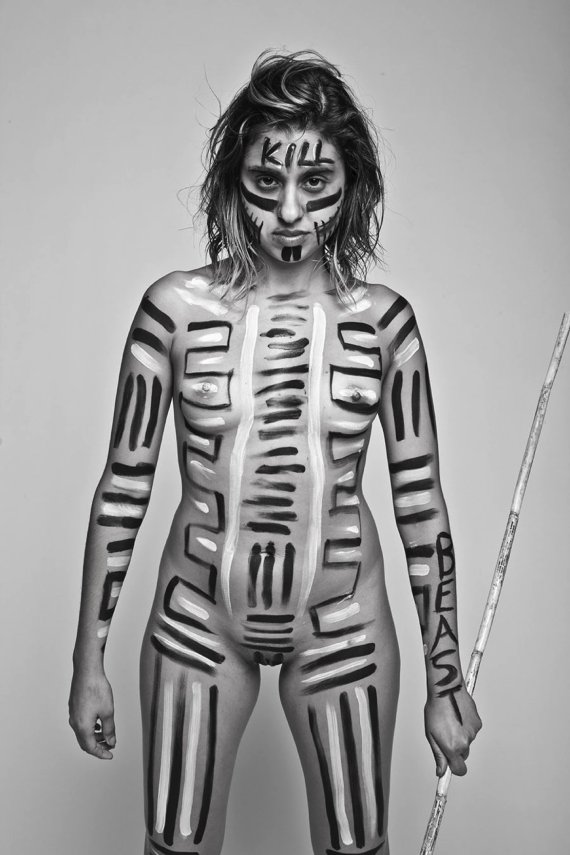
What if all the children were girls instead of boys?
Would they turn primal and violent?
Would they kill, not just to eat, but because they could?
How would girls differ from the boys?
The Giver by Lois Lowry (1993)
Plot: Jonas lives in a seemingly idyllic world of conformity and contentment. When he begins to spend time with the Giver, an old man who is the sole keeper of the community's memories, Jonas discovers the dangerous truths of his community's secret past. Armed with the power of knowledge, Jonas realizes that he must escape from their world to protect him and those he loves -- a challenge no one has ever completed successfully. (Best Books for Young Adults, 1994. Newbery Medal, 1994.)
WHY BANNED? Temporarily banned from classes by the Bonita Unified School District in La Verne and San Dimas, California in 1994 after four parents complained that violent and sexual passages were inappropriate for children. Restricted to students with parental permission at the Columbia Falls, Montana, school system in 1995 because of the book’s treatment of themes of infanticide and euthanasia.
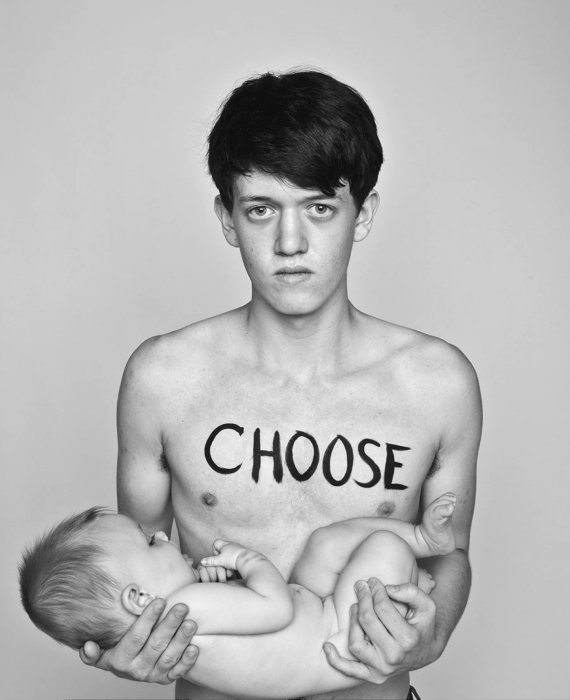
Choose.
Such an interesting word.
So many interpretations.
Jonas, the young man who questions the right of his society to kill the baby because it's "just not right enough.”
The Absolutely True Diary of a Part Time Indian by Sherman Alexie (2007)
Plot: The Absolutely True Diary is a first-person narrative by Native American teenager Arnold Spirit Jr., also known as "Junior", a 14-year-old budding cartoonist. The book is a coming-of-age tale, detailing Junior's life on the Spokane Indian Reservation and his decision, upon encouragement from a reservation high school teacher, to go to an all-white public high school in the off-reservation town of Reardan. The protagonist in Alexie’s book discusses masturbation.
WHY BANNED? In April 2010, the Stockton School Board, located in Missouri, voted to remove it from the school library because of violence, language and some sexual content. In June 2011, the Richland School Board, in Washington, voted to prohibit the use of The Absolutely True Diary of a Part-Time Indian for all grade levels.
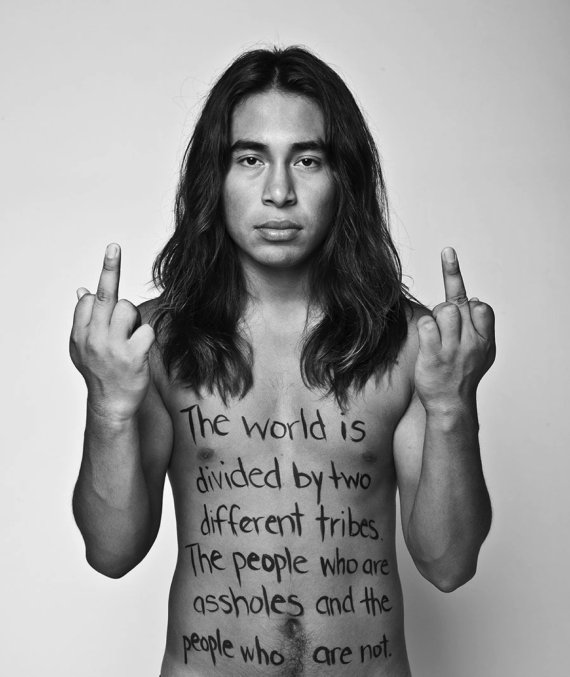
Sherman Alexis loves being banned. Surest way to get a book attention.
I love his books.
They give a honest look into a world I know nothing about. Before these books, I tended to think of Indian tribes as a thing of the past, people who had integrated into general society.
I knew nothing of the current reservations and the horrendous poverty of a indigenous people's destroyed.
But, in the end, after all the reading, it came down to this quote.
People try to identify with a tribe, even in a melting pot like this.
Even amongst the Native American themselves.
Apache
Huron
Drawing lines in the sand
Whites, blacks, Hispanics, everybody does it.
So this was my quote.
Because when all is said and done and we've sat down, broke bread and discovered how much more we have in common than not.... There are the cool people who embrace our commonalities, then there are the assholes.
It would be the latter that banned books.
Catcher in the Rye by J.D. Salinger (1951)
Plot: The Catcher in the Rye is a 1951 novel by J. D. Salinger. A controversial novel originally published for adults, it has since become popular with adolescent readers for its themes of teenage angst and alienation. It has been translated into almost all of the world's major languages. Around 250,000 copies are sold each year with total sales of more than 65 million books. The novel's protagonist Holden Caulfield has become an icon for teenage rebellion. The novel also deals with complex issues of identity, belonging, loss, connection, and alienation.
WHY BANNED? Challenged in the Duval County, Florida public school libraries in 1992 because of profanity, lurid passages about sex, and statements defamatory to minorities, God, women and disabled individuals.
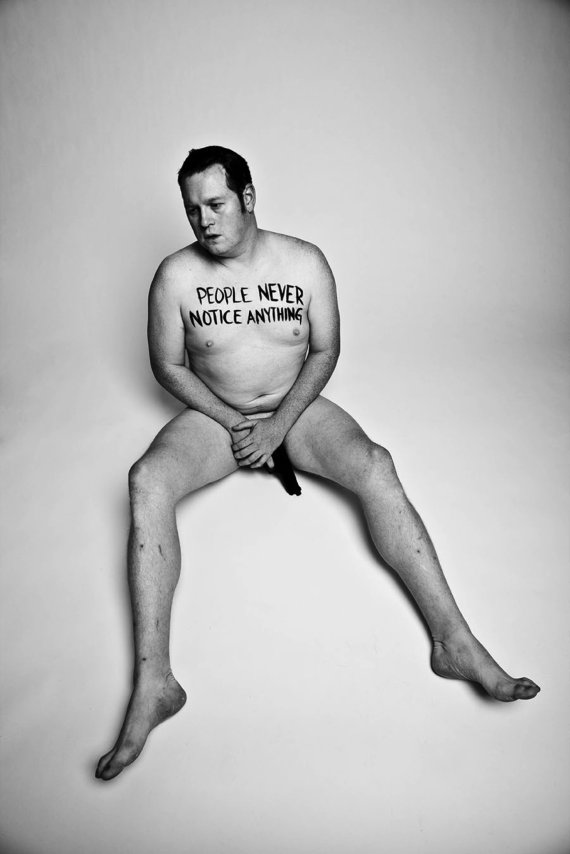
I can't look or think about this book without thinking of John Lennon and Mark David Chapman.
It's terrible, I know, but unavoidable.
When the police arrived at the Dakota, Chapman was sitting reading Catcher in the Rye.
The thing that struck me about this quote, was how often this applies to shootings, mass shootings.
I think of Columbine.
Nobody noticed these two killers running around in dark coats with anti social behavior.
Or the parents who thought they were working on a science project in the garage, when in fact, they were making pipe bombs.
Or the women at the Post Office where David Berkowitz worked, and he used to walk them to their cars because they were afraid of "Son of Sam.”
Why are we as a society missing the clues! Cues?
Overworked parents? Normal people can't imagine their children killing someone? ”
Does our inherent goodness take us to a level of denial where we block out what our instincts are telling us?
You know that feeling in the pit of your stomach,
But then your brain starts its rationalizations.
Nah, it doesn't happen here…
"He was so quiet, kept to himself. A nice neighbor”
Where’s Waldo by Martin Handford (1987)
Plot: Where's Wally? (known in the United States and Canada as Where's Waldo?) is a series of children's books created by the English illustrator Martin Handford. The books consist of a series of detailed double-page spread illustrations depicting dozens or more people doing a variety of amusing things at a given location. Readers are challenged to find a character named Wally hidden in the group.
WHY BANNED? Challenged in 1989 at the Public Libraries of Saginaw, Michigan, because “on some of the pages there are dirty things.”

Yep.
Where's Waldo.
Thousands of tiny wee pictures, and some mother finds a topless sunbather.
Call out the Townsfolk! Bring the pitchforks and torches! Hunt down all copies!!!!!
What really scares me about this one?
The mother who must have used a electron microscope to find this teeny weenie image.
I'd like to look inside HER brain.
It's like the mother in "Carrie”
only in animation.
1984 by George Orwell (1949)
Plot: Winston Smith is a low-ranking member of the ruling Party in London, in the nation of Oceania. Everywhere Winston goes, even his own home, the Party watches him through telescreens; everywhere he looks he sees the face of the Party’s seemingly omniscient leader, a figure known only as Big Brother. The Party controls everything in Oceania, even the people’s history and language. Currently, the Party is forcing the implementation of an invented language called Newspeak, which attempts to prevent political rebellion by eliminating all words related to it. Even thinking rebellious thoughts is illegal. Such thought crime is, in fact, the worst of all crimes.
WHY BANNED? Challenged in the Jackson County Florida School Board in 1981 because Orwell’s novel is “pro-communist and contained explicit sexual matter.”
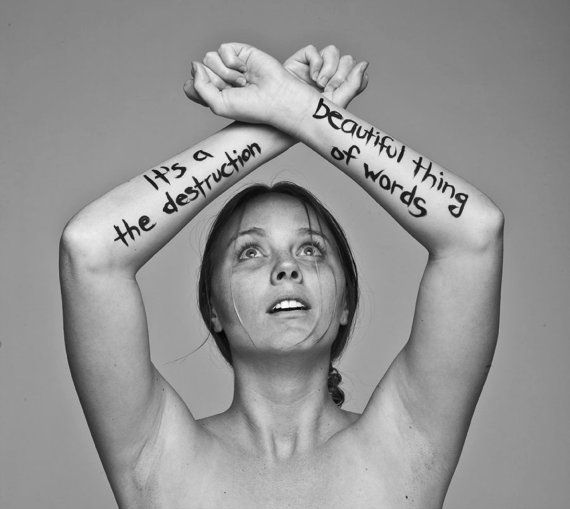
It came and went and we didn't swing into the sun.
Or did we?
Spell-check, computers, texting, driving.
An entire generation communicating through electronics.
No face-to-face real conversations.
Language gone: YUP, K’, STFU, TTYL, SMH
WTF?
A generation with a sense of entitlement compounded, created by the distance created by tech.
I want a phone!!!!! My friends!!!!
Cyber bullies
Suicides
Unable to hold conversations
Instant gratification
Invisible Man by Ralph Ellison by 1952
Plot: Invisible Man is the story of a young, college-educated black man struggling to survive and succeed in a racially divided society that refuses to see him as a human being. (National Book Award for Fiction, 1953.)
WHY BANNED? Excerpts banned in Butler, Pennsylvania in 1975. Removed from the high school English reading list in St. Francis Wisconsin in 1975. Retained in the Yakima schools after a five-month dispute in 1994 over what advanced high school students should read in the classroom. Two parents raised concerns about profanity and images of violence and sexuality in the book and requested that it be removed from the reading list.
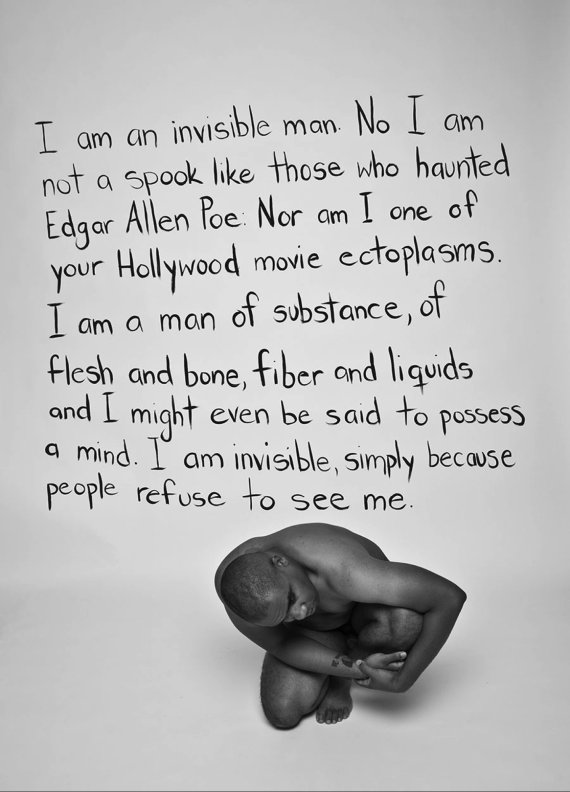
Another great book read in a City College in NYC.
With a student population made up of multiple ethnicities, mostly Hispanic and African American,
my college experience exposed me to a diverse student population as well as great multi cultural curriculum.
I remember his character so clearly.
He spoke right to me.
A young white girl from Queens.
I felt invisible, too.
He expressed how I felt.
"When I discover who I am, I will be free”
Of Mice and Men by John Steinbeck (1937)
Plot: Two migrant field workers in California on their plantation during the Great Depression -- George Milton, an intelligent but uneducated man, and Lennie Small, a man of large stature and great strength but limited mental abilities.
WHY BANNED? Banned in Ireland, 1953. Banned in Syracuse, Indiana, 1974. Banned in Oil City, Pennsylvania, 1977. Challenged in Greenville, South Carolina in 1977 by the Fourth Province of the Knights of the Ku Klux Klan.
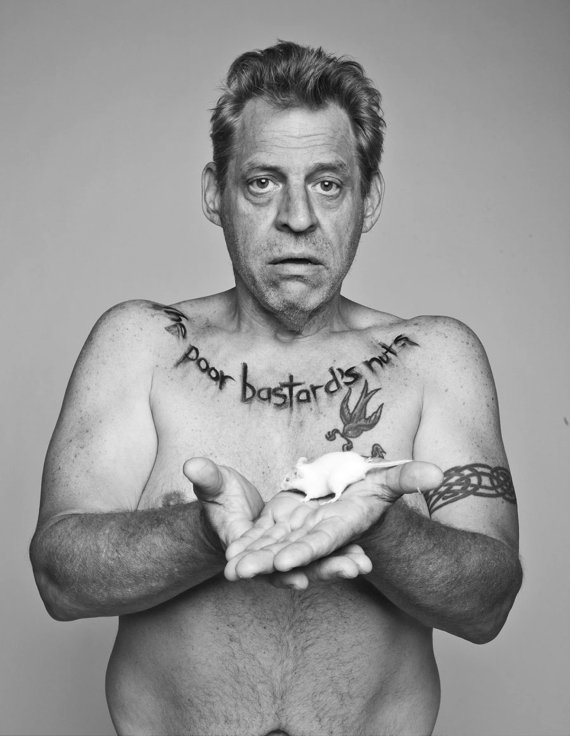
In my first volume of Banned Books" I've tried to balance Contemporaries with the Classics.
No books were ever banned in my house. I read Steinbeck's great novel on Migrant Workers by the time I was in Middle School.
Amazingly, it's been on banned lists since it was published right up until today.
I remember being so moved by Lenny's inability to really understand his actions and the consequences.
John Steinbeck portrays the agony of America from the dust bowl to the Depression unlike any other. He defines pain, hunger and tragedy in a few simple words that open your heart and make you part of the experience.
No wonder they wanted it banned. It makes you feel and it makes you angry.
And then it makes you act.
Slaughterhouse Five by Kurt Vonnegut (1969)
Plot: This book is an anti-war novel and also a science fiction story. It takes us through the life of Billy Pilgrim as he comes unstuck in time and travels back and forth through his life and his experiences in World War II. He is kidnapped by aliens who teach him that time is continuous and that life goes on forever in some form or another. Kurt Vonnegut wrote a lot of cool, trippy books –- most of them, like this one, have some connection to his own life.
WHY BANNED? Challenged at the Owensboro Kentucky High School library in 1985 because of “foul language, a section depicting a picture of an act of bestiality, a reference to ‘Magic Fingers’ attached to the protagonist’s bed to help him sleep, and the sentence: 'The gun made a ripping sound like the opening of the fly of God Almighty.’”

In 1972, a circuit judge in Oakland County Michigan called Slaughterhouse 5 “depraved, immoral, psychotic, vulgar, and anti-Christian.”
I call it the best book I read in college.
Sweet Billy Pilgrim, unstuck in time, just trying to figure things out.
That kind of sounds like me in college, too... Just trying to figure things out.
Vonnegut was my guy in those years. After Slaughterhouse 5, I read all the Vonnegut I could get my hands on.
But Billy Pilgrim remained my favorite character.
When I read it again, looking for "the shot", this quote just jumped off the page and slapped me in the face.
As an artist, I give every last bit of myself searching for the perfect expression of what I'm trying to say.
Yes, let's dance, let's lose ourselves in time, let's surrender our common sense and embrace the crazy road. And the shot will be great! Or I will die just a little because I failed. Or did I, maybe I die in the success also. I rip apart my soul and surrender to the process so totally, I gave a bit of myself to Death as payment.
So here is my Billy, stuck, for just a moment, in time.
Click.
Ulysses by James Joyce (1918)
Plot: Ulysses chronicles the peripatetic appointments and encounters of Leopold Bloom in Dublin in the course of an ordinary day, 16 June 1904. Ulysses is the Latinized name of Odysseus, the hero of Homer's epic poem Odyssey, and the novel establishes a series of parallels between its characters and events and those of the poem (e.g., the correspondence of Leopold Bloom to Odysseus, Molly Bloom to Penelope, and Stephen Dedalus to Telemachus).
WHY BANNED? Due to its strong sexual themes it was banned and burned in United States (1918), Ireland (1922), Canada (1922) and England (1929).
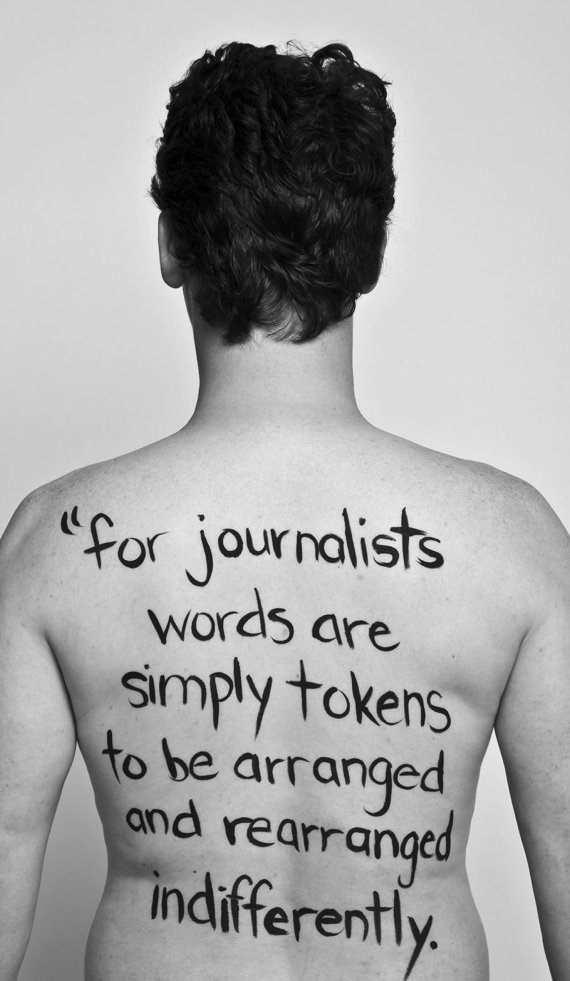

109 years ago James Joyce wrote Ulysses.
This quote summed up the mainstream media of today's world.
Lying anchors, corporate hacks, lobbyists turned newscasters,
failed actors who ended up bringing you all the important news of the day, fearmongers cutting to commercial to sell you a drug of some kind just to calm you down from what you just heard.
24 hours of rearranging the same words.
Over and over until the next tragedy they can exploit.
And now a word from our sponsor.
And then the artists, the poets, the writers.
Here is where we need to look for the truth today.
Nothing has changed in 109 years.
Or 39,785 news cycles.
The greatest book of the 20th Century.